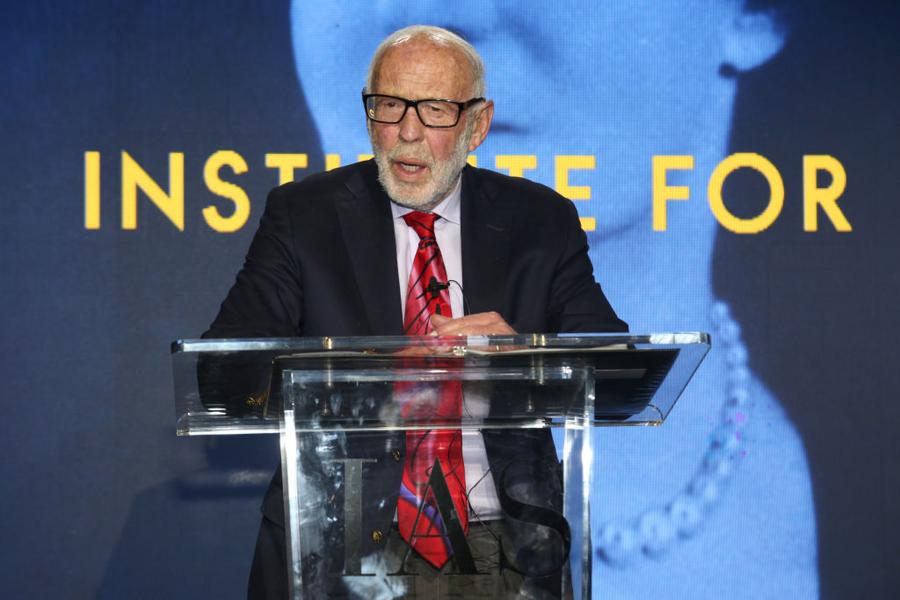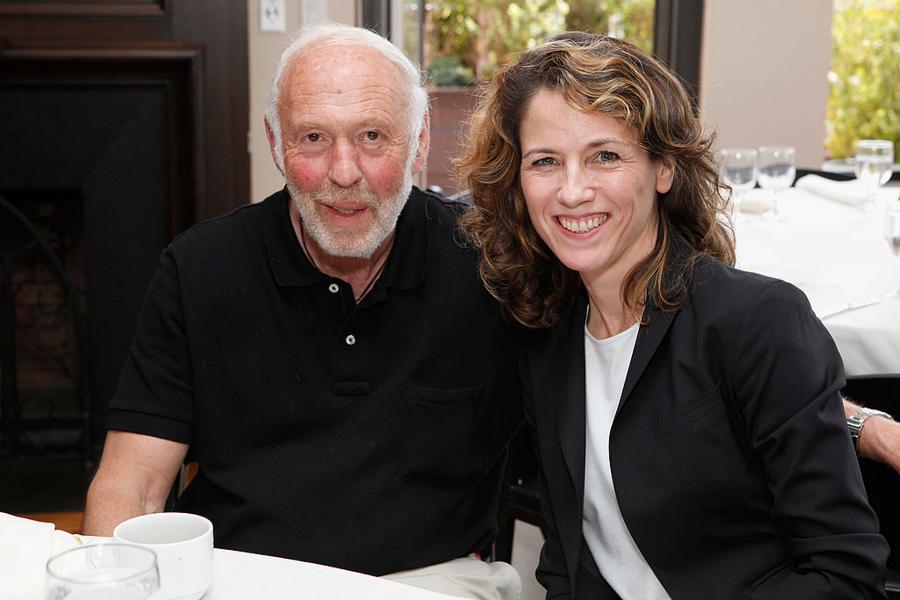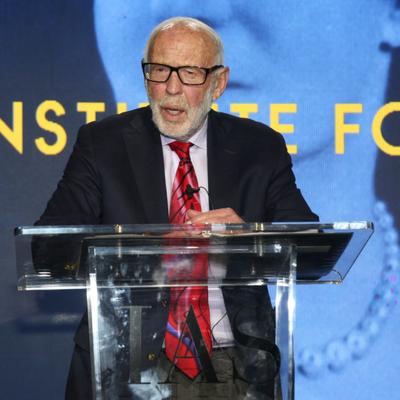James Simons at a Glance
- Categories: Business > Billionaires, Business
- Net Worth: $32 Billion
- Birthdate: Apr 25, 1938 - May 10, 2024 (86 years old)
- Birthplace: Newton, MA
- Gender: Male
- Profession: Mathematician, Physicist, Businessperson
- Nationality: United States of America
James Simons: The Mathematician Who Mastered Wall Street and Amassed a $32 Billion Fortune
James Simons, a name synonymous with mathematical brilliance and financial innovation, left an indelible mark on the world. This article delves into the life and achievements of James Simons, exploring his remarkable journey from a college math professor to the founder of Renaissance Technologies, a hedge fund that revolutionized the industry through quantitative analysis and artificial intelligence. We’ll examine his vast net worth, the groundbreaking strategies of Renaissance Technologies, his significant philanthropic contributions, and the lasting legacy he leaves behind.
What Was James Simons’ Net Worth?
At the time of his passing in May 2024, James Simons’ net worth stood at an impressive $32 billion. This staggering figure placed him among the wealthiest individuals globally, a testament to his exceptional success in the financial world. From 2006 to 2024, Simons’ compensation, primarily from cash distributions, totaled an astounding $12 billion. This financial success was a dramatic shift from his early career as a college math teacher, earning him the nickname “the richest teacher of all time.”
Early Life and Education
Born on April 25, 1938, in Cambridge, Massachusetts, James Simons was the only child of Jewish parents. He spent his formative years in Brookline, demonstrating an early aptitude for mathematics. This passion led him to MIT, where he earned a bachelor’s degree in mathematics in 1958. He furthered his academic pursuits at the University of California, Berkeley, obtaining a PhD in mathematics in 1961.
Scientific and Academic Career
Simons’ early career was marked by significant contributions to the fields of mathematics and cryptography. His research focused on pattern recognition and the geometry and topology of manifolds. Notably, he co-developed the Chern-Simons forms with fellow mathematician Shiing-Shen Chern, a concept that has had a profound impact on modern mathematics and theoretical physics. Beyond academia, Simons applied his mathematical expertise to codebreaking, working with the National Security Agency. He held research positions at the Institute for Defense Analysis and taught mathematics at prestigious institutions like MIT, Harvard University, and Stony Brook University. His achievements were recognized in 1976 when he received the Oswald Veblen Prize in Geometry from the American Mathematical Society.

(Photo by Sylvain Gaboury/Patrick McMullan via Getty Images)
Renaissance Technologies: The Birth of a Quant Revolution
In 1978, Simons transitioned from academia to the world of finance, founding Monemetrics, later renamed Renaissance Technologies in 1982. This New York-based hedge fund pioneered the use of quantitative models and algorithms to identify and capitalize on market inefficiencies. Simons assembled a team of experts from diverse fields, including mathematics, physics, and statistics, rather than relying solely on traditional financial analysts. This interdisciplinary approach proved to be the cornerstone of Renaissance Technologies’ success. The firm’s strategy focused on systematic trading, leveraging sophisticated computer models to analyze vast amounts of data and make split-second trading decisions.
The Medallion Fund: Unrivaled Returns and Exclusive Access
In 1988, Renaissance Technologies launched its flagship Medallion Fund, which quickly became a legend in the financial world. The Medallion Fund was exclusive, accepting investments only from the firm’s executives and employees. Its performance was extraordinary, generating over $100 billion in returns between 1988 and 2018, with an average annual return rate of 66%. To put its success into perspective: an initial $1,000 investment in 1988 would have grown to approximately $42 million by 2024. The same investment in the S&P 500 would have yielded around $40,000 over the same period. The Medallion Fund’s exceptional performance solidified Renaissance Technologies’ reputation as a pioneer in quantitative finance.
Philanthropy: Giving Back to Science, Education, and Health
Beyond his financial achievements, James Simons was a dedicated philanthropist. He and his wife, Marilyn, established the Simons Foundation in 1994, committing significant resources to initiatives in science, education, and health. The Simons Foundation Autism Research Initiative (SFARI), established in 2003, exemplifies their commitment to supporting cutting-edge research. Furthermore, Simons founded Math for America, a non-profit organization aimed at improving mathematics education, demonstrating his ongoing interest in fostering learning. In 2016, the Simons Foundation established the Flatiron Institute, a research center dedicated to computational science. The Simons Foundation is also a major benefactor of several universities, including Stony Brook University (Marilyn’s alma mater), MIT, and the University of California, Berkeley (James’s alma mater). In 2023, the Foundation donated $500 million to Stony Brook, the second-largest donation to a public university in United States history.

Cindy Ord/Getty Images for World Science Festival
Personal Life and Legacy
James Simons’ personal life was marked by both joy and tragedy. He married computer scientist Barbara Bluestein in 1959, and together they had three children: Paul, Nat, and Liz. After their divorce in 1974, Simons remarried Marilyn Hawrys, with whom he had a son, Nick. Tragically, two of his sons, Paul and Nick, died prematurely, prompting Simons to establish memorial initiatives in their honor. Despite his immense wealth and influence, Simons maintained a relatively private life, rarely giving interviews. He stepped down as CEO of Renaissance Technologies in 2009 but remained involved as non-executive chairman until 2021 and kept investments in the firm until his passing in New York City on May 10, 2024, at the age of 86. James Simons leaves behind a legacy as a brilliant mathematician, a financial innovator, and a dedicated philanthropist, whose impact will continue to be felt in the fields of finance, science, and education.
/**/
Conclusion
James Simons’ life is a compelling example of how intellect, innovation, and dedication can lead to extraordinary achievements. From his early academic success to his groundbreaking work in finance and his impactful philanthropic endeavors, Simons left an indelible mark on the world. His legacy will continue to inspire future generations of mathematicians, entrepreneurs, and philanthropists, reminding us of the power of quantitative thinking, the value of giving back, and the importance of pushing boundaries.

